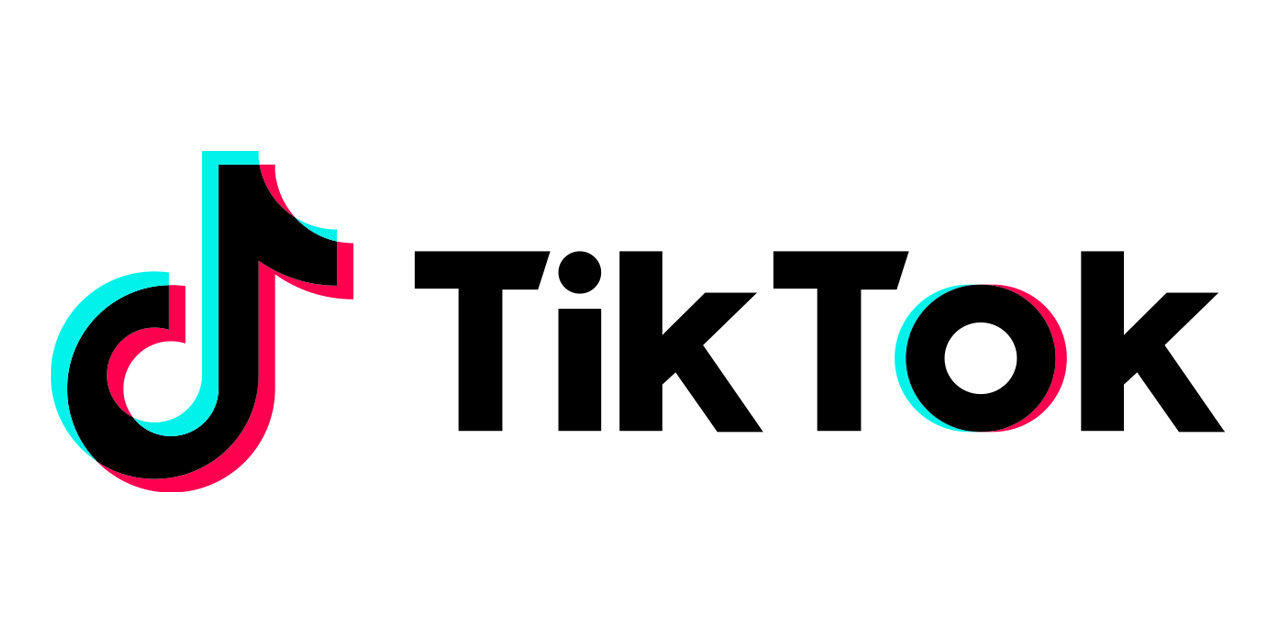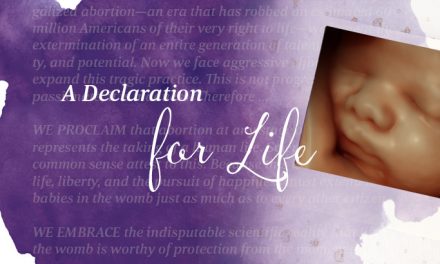It’s been a busy day for Live Action. The pro-life group, which has the largest pro-life social media presence with 4.1 million followers, was banned and then reinstated by the social media company TikTok. It was a satisfying conclusion to this situation, but that hasn’t always been the result in cases like this. All too often, it seems like social media companies work to silence pro-life voices.
TikTok, for those that don’t know, is a video-sharing social media networking service, which is usually used to create short lip-sync, comedy or talent videos. It’s a popular platform for the younger generations with most users being between the ages of 16 and 24. Live Action wanted to use this emerging platform to reach a new audience for life.
“We joined TikTok this year to continue innovating and educating on abortion in a really creative way and TikTok requires that because it’s quick short videos that are compelling,” Alison Centofante said in an interview with The Daily Citizen.
“The issue of abortion is not one that is easy to make into fun and short videos, so we have to be creative and clever with our content. For example, we would poke fun at the abortion industry and its logic, highlight beautiful pictures of babies, and share videos and comments of women that have chosen life because of our content. It was really well received on the platform, and we quickly gained 21,000 followers making us the largest pro-life voice on the TikTok.”
In order to make sure that their videos didn’t violate any of the community guidelines, Live Action went above and beyond to ensure that none of their videos could be misconstrued as “graphic.” For example, Live Action’s medical animation videos about abortion procedures, narrated by former abortionist Anthony Levatino, were not posted on TikTok to avoid them being flagged as inappropriate.
“We are really proud of it and we haven’t had any problems until yesterday,” Centofante said. “The social media giant flagged a video of our staffer choosing between being pro-life and pro-choice and then simply sharing pictures of babies that were saved because of Live Action’s content. The video was flagged and removed by TikTok, we appealed that decision and within a half-hour our entire account was removed inexplicably with a statement over the account that said this account was banned because of multiple community guidelines violations.”
The Live Action team was shocked. Before this situation, Live Action had received no notification from TikTok that it had violated any of the community guidelines, which are vague at best. Live Action initially emailed TikTok asking them for an explanation and what they could do to get reinstated. When they didn’t hear from the platform, Live Action went public this morning.
“We finally heard from TikTok at 2:30 EST with an apology saying that there was nothing that we had violated, that this was human error and did apologize and reinstated our account,” Centofante said.
It was a positive outcome to a situation and a good resolution, something that doesn’t always happen in the social media space. Twitter still doesn’t allow Live Action to advertise on its platform, but it will let Planned Parenthood do so with your taxpayer dollars. Facebook has also flagged some of Live Action’s posts as “false,” which is inaccurate and reflected an obvious pro-abortion bias. It isn’t fair, but this double standard is something that Live Action and other pro-life groups have come to expect.
However, the case of TikTok also reflected that while big businesses may be pro-abortion, there are thousands of users that will come to Live Action’s defense. Senator Josh Hawley (R-MO) was among those that asked TikTok to reinstate Live Action.
“I think today is a good example of how many voices can come together for a common cause against the so-called ‘enemies of free speech,’” Centofante said. “TikTok reacted and did the right thing, and people should be encouraged by that.”
Though this kerfuffle ended amicably and quickly, many others do not. Big tech companies seem to think that it is their responsibility to monitor and sometimes censor what they consider “inappropriate” content, which is usually just content with a conservative or pro-life viewpoint.






